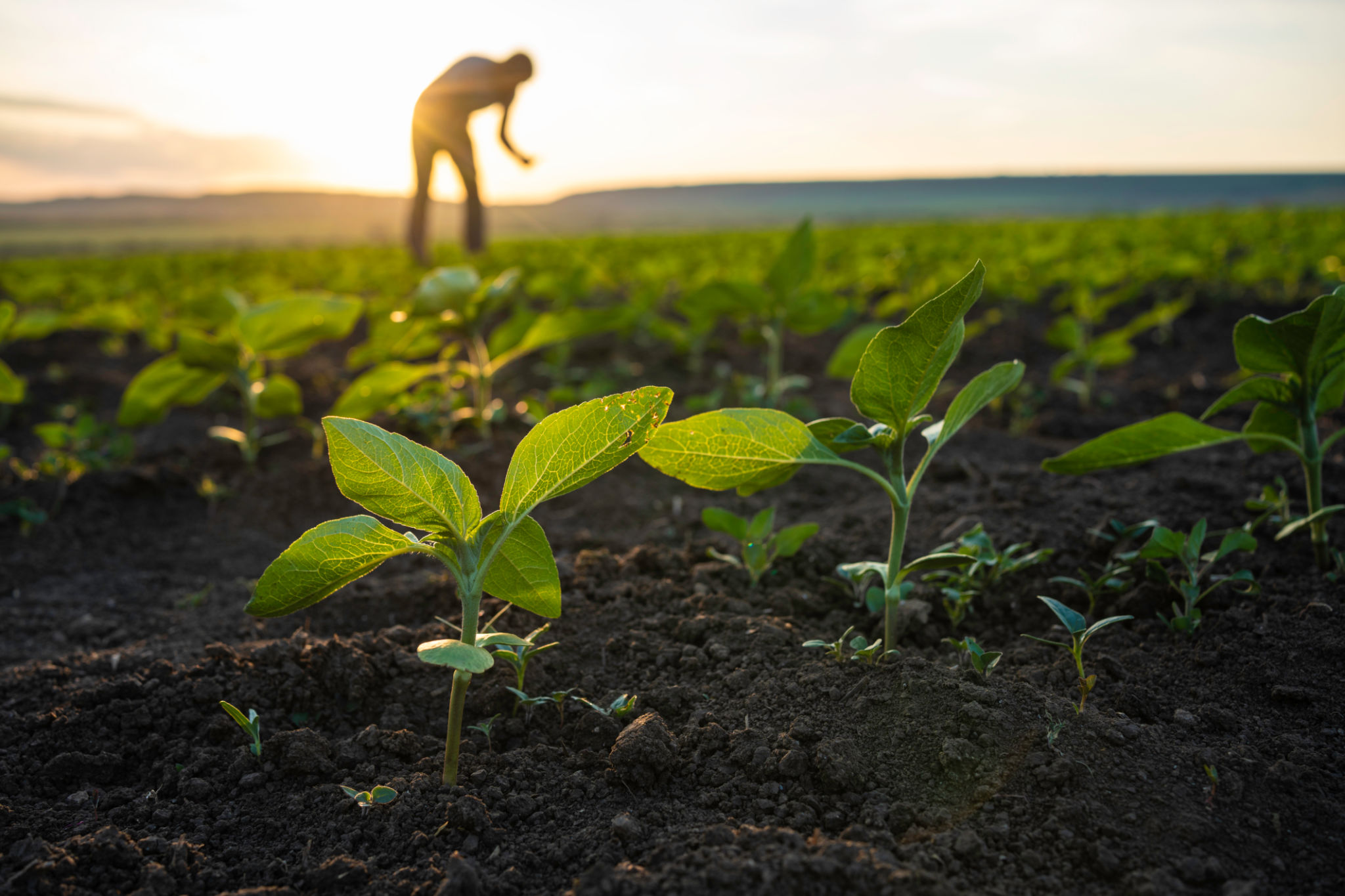Seasonal Hemp Farming Tips: Preparing for Harvest
Understanding the Hemp Harvest Season
Hemp farming is an art that requires precise timing and careful planning, especially as the harvest season approaches. As the seasons change, so do the needs of your hemp crops, and being prepared for these shifts can make all the difference in yield and quality. Knowing when to start preparing for harvest is crucial to ensure you maximize the potential of your hemp plants.

Assessing Maturity and Readiness
One of the first steps in preparing for a successful hemp harvest is assessing the maturity of your plants. This involves checking trichome development and color changes in the pistils. Trichomes, the tiny resin glands on the hemp flowers, change from clear to milky and then amber as they mature. This color change is a key indicator of readiness for harvest.
Moreover, monitor the pistils—the hair-like structures on the buds. As they mature, they will darken and curl inward. A good rule of thumb is to harvest when 70-80% of the pistils have changed color. This timing ensures optimal cannabinoid content and overall plant quality.
Planning for Optimal Harvest Conditions
The timing of your harvest can also be influenced by the weather conditions. Ideally, aim to harvest on a dry day to prevent mold and mildew development during drying and curing processes. Wet weather can hinder the drying process and affect the quality of your hemp.

In regions prone to early frost, plan your harvest accordingly to avoid damage to your crops. Frost can significantly impact cannabinoid levels and plant health, so keeping an eye on weather forecasts is essential.
Organizing Your Harvest Team
Successful hemp harvesting requires a coordinated effort from a dedicated team. Organize your team well in advance to ensure everyone understands their roles and responsibilities. Depending on the size of your operation, you might need additional hands to help with cutting, transporting, and processing the plants.
It’s also important to provide proper training for your team on how to handle the plants carefully to preserve trichomes and avoid contamination. Regular team meetings before harvest can help align everyone with the plan and address any potential challenges that may arise.

Preparing Your Equipment
Before harvest begins, ensure all your equipment is in excellent working condition. This includes sharpening cutting tools, checking the functionality of drying racks and spaces, and arranging transportation for harvested plants. Having everything ready reduces stress during the busy harvest period and helps maintain a smooth workflow.
Additionally, consider investing in equipment designed specifically for hemp harvesting and processing. These tools can increase efficiency and reduce labor costs in the long run.
Executing Post-Harvest Processes
Once your hemp is harvested, it’s crucial to focus on post-harvest processes such as drying, curing, and storage. Proper drying is essential to prevent mold and preserve cannabinoids and terpenes. Hang the plants upside down in a well-ventilated space with controlled temperature and humidity levels.
Curing further enhances the quality by allowing cannabinoids to reach their full potential. This process involves placing dried buds in airtight containers for several weeks, periodically opening them to release moisture.
Reflecting on the Season
After a successful harvest, take time to reflect on the season's challenges and triumphs. Consider what worked well and what could be improved for next year. Continuous learning and adapting are key to thriving in the dynamic field of hemp farming.
By carefully planning each stage of the harvest process, from assessing plant maturity to executing post-harvest techniques, you can ensure a bountiful yield that meets both quality standards and market demands.